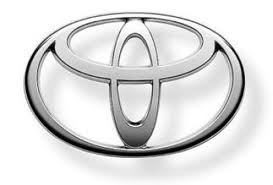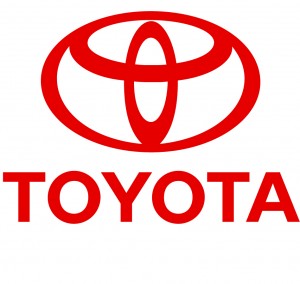A LASTING LOGO
So, we have established that is necessary to have a “good” logo design for corporate branding, but what makes a good logo? What individual elements propel the logo into the world of visual recall and trust?
So, what makes a good logo?
Memorable. A logo that is memorable is the cornerstone to branding and creating your corporate identity. A good logo is memorable. Visual recall is everything when you are establishing a brand for your company. If your audience can remember the logo, or at least know what you do or who you are when they see the logo, you are successful at designing a memorable logo. If your logo doesn’t have instant impact with the audience, you may not have a memorable logo. Your target audience will probably only see your logo for a few seconds, and if they can’t recall anything about it, branding may be difficult with your current logo choice.
Timeless. Choose a logo that is timeless and classy. A good logo is timeless. Trends come and go, and your logo will be dated and cliché’ after a while. Choose something that will always represent your company mission. If you do it right the first time, it will never have to change. It is not recommended to redesign your logo often. This complicates visual recall and makes it difficult for your audience to recognize your company, when the logo has been changed.
Mercedes-Benz logo is a great example of a timeless logo. What makes a good logo? A timeless logo is a good logo. It is simple, and classy, but more importantly, it does not contain any elements that will become dated or old.
Appropriate. Be true to the industry and complexion of the business. The logo that is appropriate for a daycare facility would not be appropriate for an accounting firm. Fonts and colors will determine the essence of the logo. The theme should be industry and company appropriate. Everybody loves a good, funny cartoon caricature, but not as the logo for a mortuary. Be appropriate in your design and deliberate in choosing styles that match the industry.
 = Not appropriate for a mortuary.
= Not appropriate for a mortuary.
This seems basic, and of course this example is exaggerated, but be careful in your typeface and color scheme as well. Some colors say professional, when other colors say casual or flippant. Be sure to stay appropriate in each element of the design, including color, typeface, icon, etc.
Simple. This could be the most important feature of a good logo. Simple sells. A logo that is simplistic is memorable. It is timeless. Simple encompasses many other traits of a good logo. Complex designs are hard to see, hard to understand, and hard to remember. More complex logos are difficult to reproduce and can be more costly to print. Logos with an intricate design are not as scalable as simple logos. A small, complicated logo, can end up looking more like a smudge on a company pen or keychain.
Scalable. Logos need to be reproduced at all different sizes. It doesn’t matter what makes a good logo, if it can’t be reproduced in different sizes. Some companies choose a very simple logo as the design, and add words to the logo when it is used on certain platforms. As long as you have a portion of the logo that can be reproduced on a very small scale, while not losing the integrity of the design, you are safe. Many companies do this, and it gives them versatility in their logo usage. You may see the Chevy bow tie alone, representing Chevrolet, and other times, you see the logo with the company name. This is a scalable logo. The bow tie is designed to be as small or large as is needed.
The integrity of the shape is still there. It does not look like an unidentifiable blob. Simple, less complicated logos tend to be the most scalable. What makes a good logo? A scalable logo is a good logo.
Distinctive. When your audience only sees your logo for a few seconds, there needs to be something that stands out. A unique design will lend itself to higher visual recall, providing it is also simple, as mentioned above. A distinct design will be remembered.
Strong without color. A good design should not rely on color to make it great. It must be able to stand alone, without color.
The message of the design should be clear in black and white. There are times when businesses must reproduce logos in black and white, and if your logo requires color to make sense, there is much lost in translation. Be sure your logo makes sense in black and white, and after you add color. If you create a strong design in black and white, it will only be enhanced when you add color.


The Toyota logo is a great example of a strong logo, even without color. The logo design itself is strong and it conveys the same message, whether in black and white or after the color is added.

